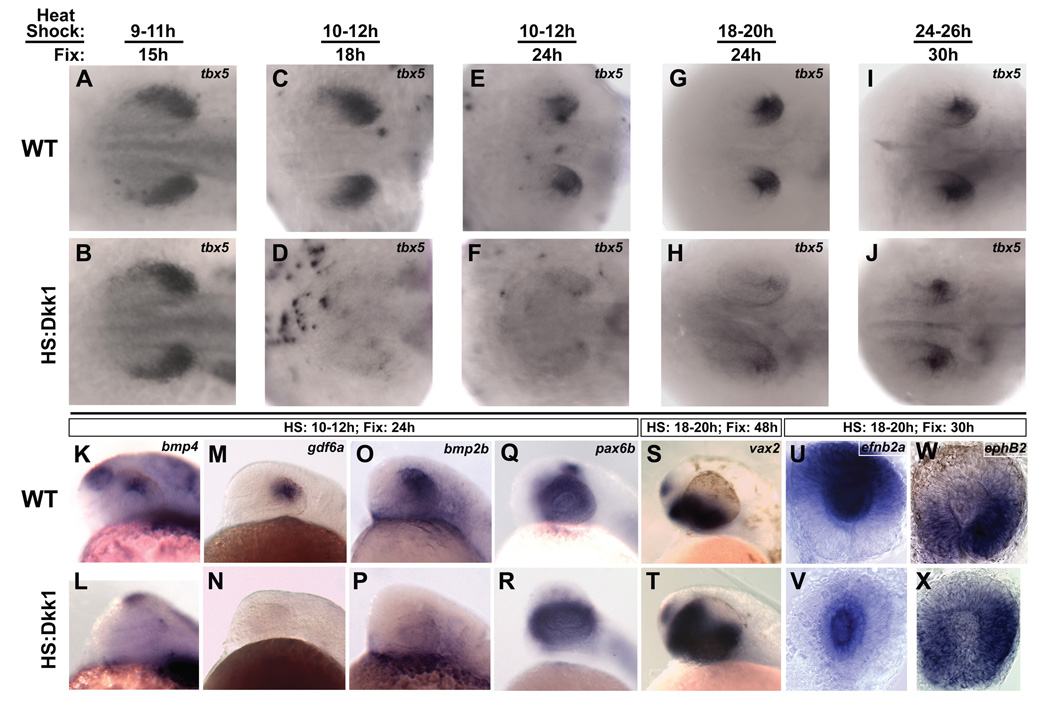Figure 4. Wnt signaling is required for the maintenance of dorsal retinal identity.
The Tg(hsp70l:dkk1-GFP)w32 transgenic zebrafish line, which expresses the secreted Wnt pathway inhibitor Dkk1 upon heat-shock, was used for these experiments. A–J: Dorsal views, anterior left. Embryos were heat-shocked and fixed at the indicated times, and sorted for GFP expression. A, B: Embryos fixed just before Wnt signaling becomes active in dorsal RPE express tbx5 normally, showing that tbx5 expression initiates properly in the absence of Wnt signaling. C–J: Inhibition of Wnt signaling caused a strong downregulation of tbx5 at the early timepoints, with a weaker effect at the last timepoint. This demonstrates a requirement for Wnt signaling in the maintenance of tbx5. K–T: Lateral views, dorsal up, anterior left. K–P: Expression of the Bmp ligands bmp4, gdf6a, and bmp2b are lost from the dorsal retina following Wnt inhibition, suggesting loss of dorsal character. Q–T: pax6b is expressed normally and vax2 expands dorsally, suggesting a ventralized retina. U–X: Whole eyes, dorsal up. Expression of ephrinB2a is downregulated in the dorsal retina, but maintained in the lens, and ephB2 expands dorsally following Wnt inhibition.

